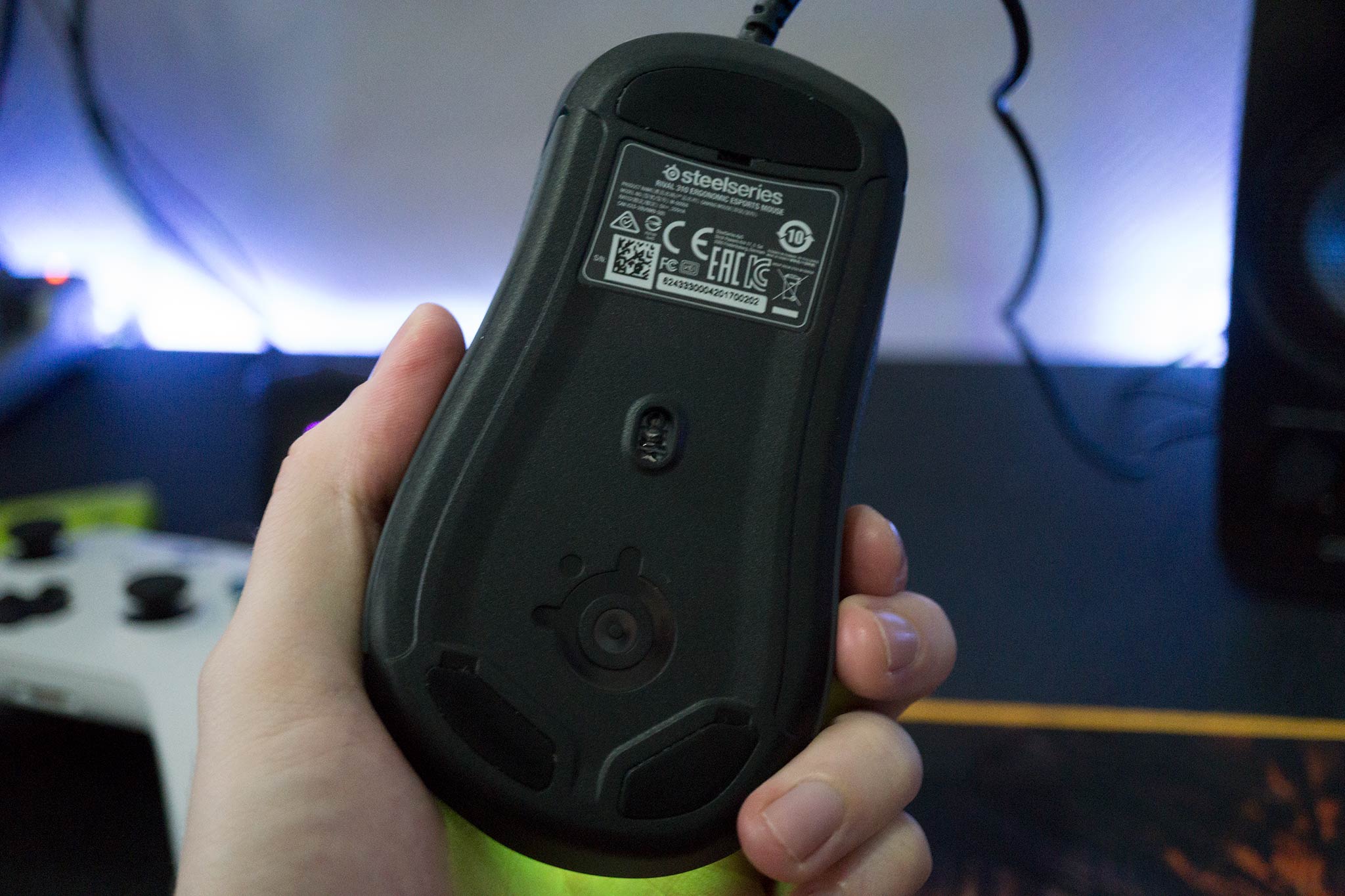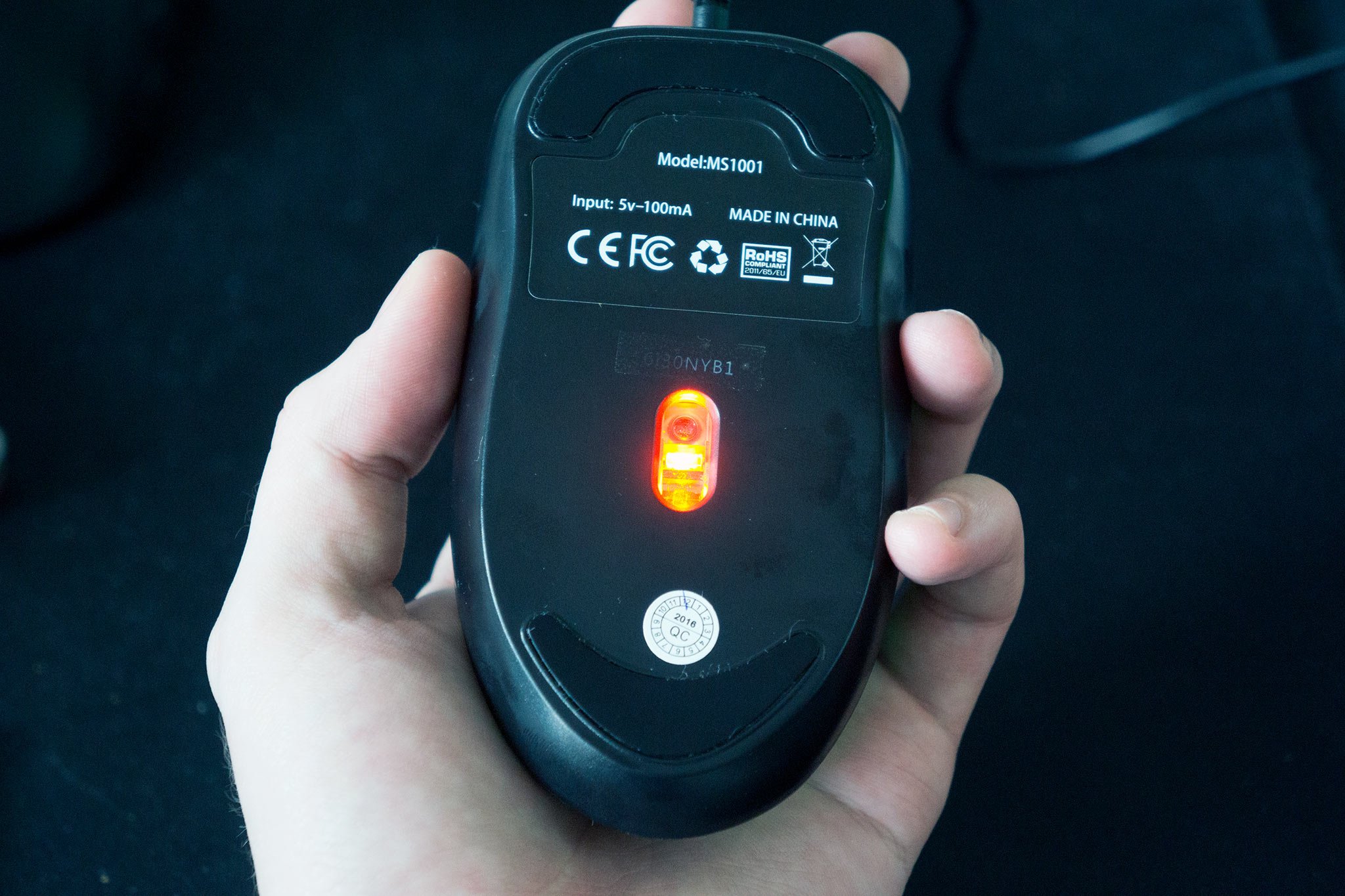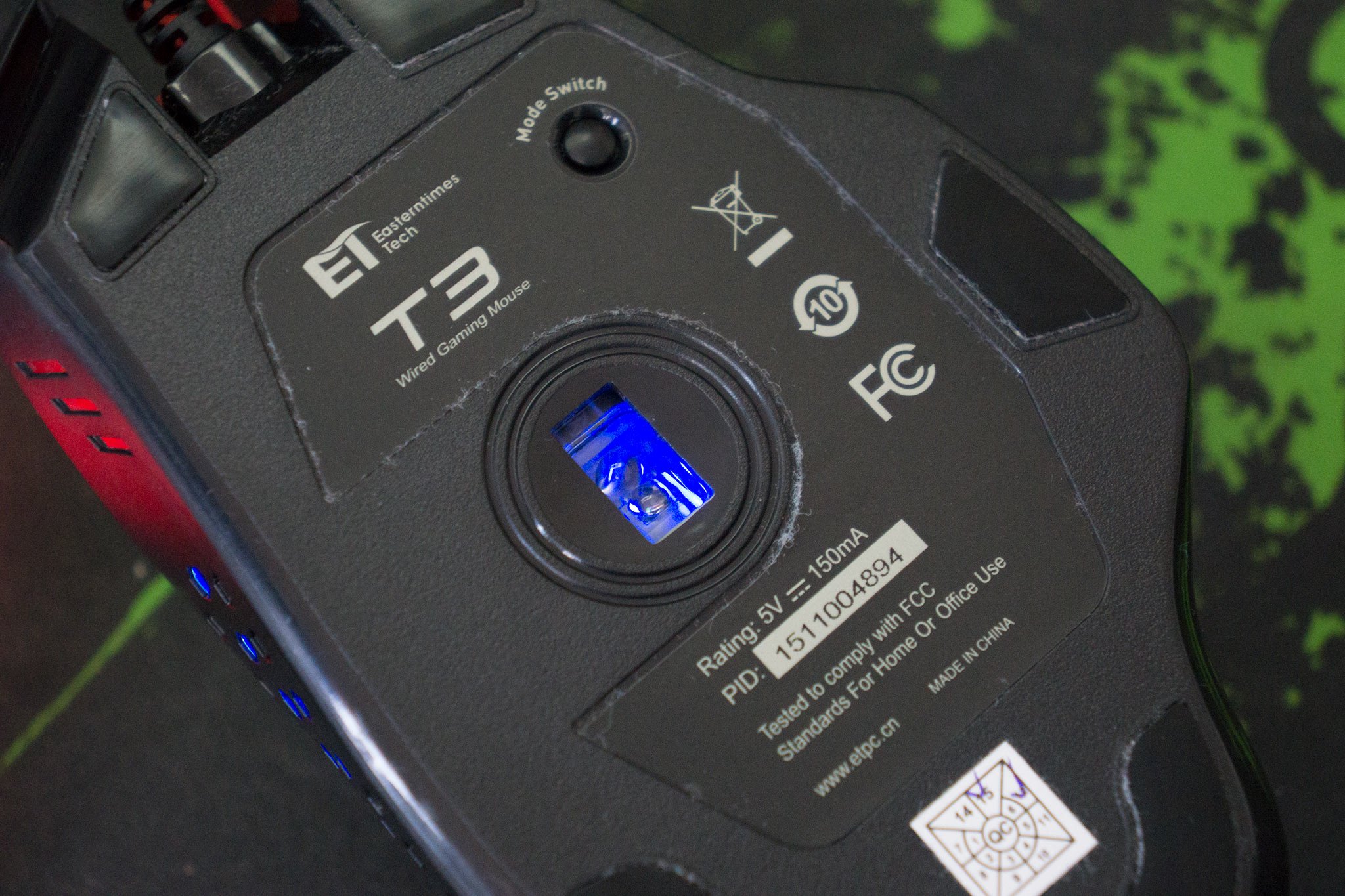What's the difference between mouse CPI and DPI, and why should you care?
DPI and CPI?

Shopping around for a mouse will often land you on product pages that list a specification in Counts Per Inch (CPI) or Dots Per Inch (DPI). The latter — unsurprisingly — covers how many dots are in an inch and can be used in printing as well as mice, while the former specifically relates how many virtual pixels the mouse sensor can pick up with the onboard sensor. In short, these two terms essentially cover the same specification of a mouse and can be used interchangeably.
But just because they both virtually mean the same thing in this context, which is the correct term to use?
DPI vs. CPI

Some retailers, vendors and even consumers use DPI when talking about mice and how many dots (or virtual pixels) can be detected and read by the mouse, but fear not as the figures are the same regardless. CPI (and in turn DPI) revolves around how much the mouse cursor will move on-screen compared to physical movement detected on the pad. The higher the CPI, the further the cursor will move, requiring less effort on the user's part.
For example, a CPI configuration of 800 will move the on-screen cursor 800 pixels for each inch the mouse is moved on the pad. By design, sensors are limited to around 1600 CPI, but in order for manufacturers to offer even more sensitive configurations, they have to effectively split all those pixels in half. It's obvious as to how this can become a problem with the performance of a mouse. If the pixels are made smaller and more difficult to detect by the sensor, it may result in worsened accuracy.
This is why it's not recommended to go beyond a certain CPI level unless you really need to. There has to be a fine balance maintained between CPI, acceleration (measured in Gs), and Inches Per Second (IPS), the latter which determines the maximum speed the sensor can maintain high levels of accuracy at.
Clearing up misconceptions about laser and optical mice
Higher CPI ≠ Better

But even the advice of keeping CPI low isn't really correct, as there is no "best" CPI or mouse sensitivity settings. It's all dependant on personal preference and use cases. The same can be said for different mechanical keyboard switches — each type requires a different amount of force to activate a key press but no switch is the "best." Take a first-person shooter, you may want to have lower CPI for hip and iron sight fire but a higher CPI for a long-range scope, which allows for smaller mouse movements to adjust the weapon further.
Get the Windows Central Newsletter
All the latest news, reviews, and guides for Windows and Xbox diehards.
So there you go, the mystery of CPI and DPI uncovered. If you continue to use DPI when talking about mice the world certainly won't end, but it would be better for everyone if we can grow accustomed to a single acronym.

Rich Edmonds was formerly a Senior Editor of PC hardware at Windows Central, covering everything related to PC components and NAS. He's been involved in technology for more than a decade and knows a thing or two about the magic inside a PC chassis. You can follow him on Twitter at @RichEdmonds.
